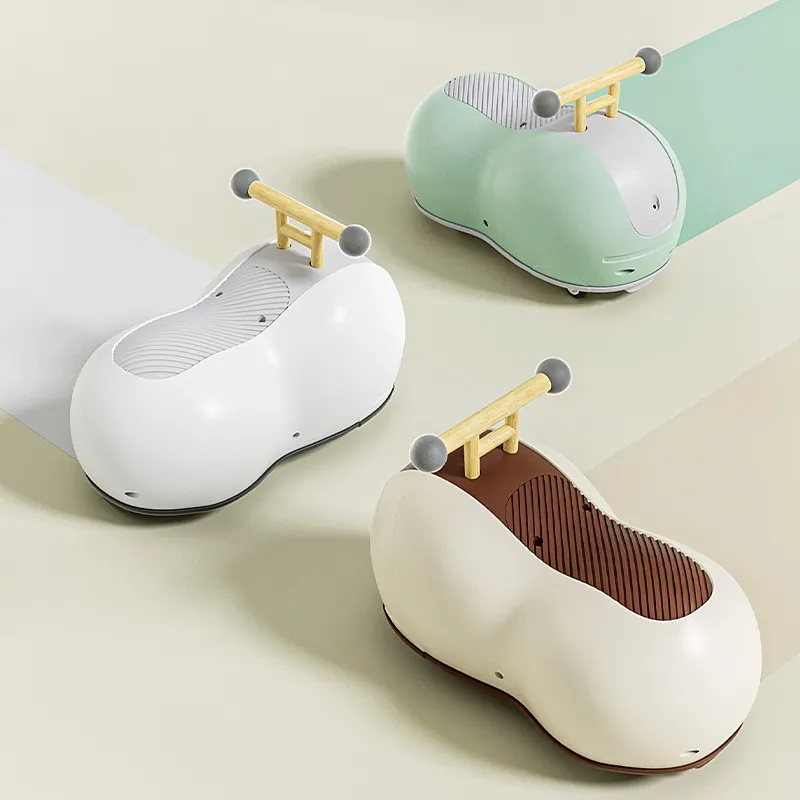when can baby use balance bike
When Can a Baby Use a Balance Bike?
Balance bikes have gained significant popularity in recent years as a great tool for teaching young children how to ride a bicycle. These pedal-less bikes help children develop balance, coordination, and confidence, paving the way for a smooth transition to traditional bicycles. However, many parents wonder when is the right time to introduce a balance bike to their little ones?
Understanding Balance Bikes
Balance bikes are specifically designed for young children, typically aged between 2 and 5 years old. They are lightweight and have no pedals, allowing children to use their feet to push off the ground and glide. This design helps them focus on balancing without the complication of pedaling or braking, making it easier to master the essential skills needed for riding a bike.
The Right Age to Start
The ideal age to introduce a balance bike varies depending on the child's developmental stage. Most children can start using a balance bike comfortably between the ages of 2 and 3. By this age, they have usually developed the necessary motor skills and coordination to safely use the bike. Look for signs that your child is ready a curiosity about bikes, the ability to walk steadily, and a good sense of balance when playing.
Size Matters
When considering a balance bike, size is crucial. The bike should be the right height for your child, allowing them to place their feet flat on the ground while seated. Generally, a bike that has an adjustable seat height is ideal, as it allows your child to grow with the bike. A good benchmark is that your child should be able to sit on the saddle with their feet planted firmly on the ground, enabling them to push themselves along safely.
when can baby use balance bike

Start Slowly
Once you’ve chosen the right balance bike, start with short sessions that allow your child to get accustomed to the concept of riding. Encourage them to walk or run while sitting on the bike, and gradually progress to gliding. Make it a fun and positive experience. Praise their efforts and guide them gently. Playgrounds, parks, or quiet streets are great places to practice.
Safety First
As with any activity, safety is paramount. Ensure your child wears a properly fitted helmet to protect their head, and consider other protective gear such as knee and elbow pads, especially when they’re just starting out. Familiarize your child with the importance of safety rules, such as looking out for obstacles, staying aware of their surroundings, and being cautious when near roads or traffic.
Progressing to a Pedal Bike
One of the most significant advantages of balance bikes is how they facilitate the transition to pedal bikes. Children who have learned to balance on a balance bike often find it much easier to ride a traditional bike when the time comes. Most kids can successfully transition to a pedal bike between the ages of 4 and 6, depending on their development and comfort level with balancing.
Conclusion
In conclusion, introducing a balance bike can be a rewarding experience for both parents and children. Starting around age 2 or 3, ensuring the bike fits properly, and promoting a fun, safe environment will help foster a love for riding. Not only do balance bikes teach essential skills for riding, but they also encourage outdoor activity, enhance physical fitness, and develop confidence in young children. With patience and encouragement, your little one can soon be zooming around on their bike, ready to explore the world around them!
-
kids-scooter-tiny-olympic-games-scooterathlonNewsAug.22,2025
-
kids-scooter-waves-xingtai-zhongzhous-global-rippleNewsAug.22,2025
-
baby-tricycle-oem-legacy-zhongzhou-forgedNewsAug.22,2025
-
xingtais-twin-tricycle-revolution-siblings-ride-togetherNewsAug.22,2025
-
baby-tricycle-design-inspired-by-ancient-armorNewsAug.22,2025
-
nfc-chip-enabled-oem-baby-tricycle-trackingNewsAug.22,2025
-
The Perfect Baby TricycleNewsAug.11,2025








